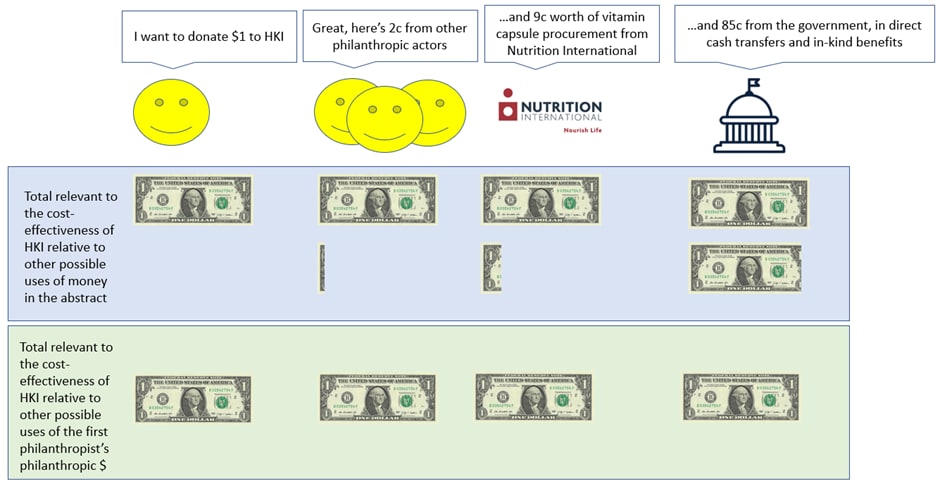I’ll be at EAG London in June, come say hi :)
I currently work with CE/AIM-incubated charity ARMoR on research distillation, quantitative modelling, consulting, and general org-boosting to support policy advocacy for market-shaping tools to incentivise innovation and ensure access to antibiotics to help combat AMR.
I previously did AIM’s Research Training Program, was supported by a FTX Future Fund regrant and later Open Philanthropy’s affected grantees program, and before that I spent 6 years doing data analytics, business intelligence and knowledge + project management in various industries (airlines, e-commerce) and departments (commercial, marketing), after majoring in physics at UCLA and changing my mind about becoming a physicist. I’ve also initiated some local priorities research efforts, e.g. a charity evaluation initiative with the moonshot aim of reorienting my home country Malaysia’s giving landscape towards effectiveness, albeit with mixed results.
I first learned about effective altruism circa 2014 via A Modest Proposal, Scott Alexander’s polemic on using dead children as units of currency to force readers to grapple with the opportunity costs of subpar resource allocation under triage. I have never stopped thinking about it since, although my relationship to it has changed quite a bit; I related to Tyler’s personal story (which unsurprisingly also references A Modest Proposal as a life-changing polemic):
I thought my own story might be more relatable for friends with a history of devotion – unusual people who’ve found themselves dedicating their lives to a particular moral vision, whether it was (or is) Buddhism, Christianity, social justice, or climate activism. When these visions gobble up all other meaning in the life of their devotees, well, that sucks. I go through my own history of devotion to effective altruism. It’s the story of [wanting to help] turning into [needing to help] turning into [living to help] turning into [wanting to die] turning into [wanting to help again, because helping is part of a rich life].



I just learned about Zipline, the world’s largest autonomous drone delivery system, from YouTube tech reviewer Marques Brownlee’s recent video, so I was surprised to see Zipline pop up in a GiveWell grant writeup of all places. I admittedly had the intuition that if you’re optimising for cost-effectiveness as hard as GW do, and that your prior is as skeptical as theirs is, then the “coolness factor” would’ve been stripped clean off whatever interventions pass the bar, and Brownlee’s demo both blew my mind with its coolness (he placed an order on mobile for a power bank and it arrived by air in thirty seconds flat, yeesh) and also seemed the complete opposite of cost-effective (caveating that I know nothing about drone delivery economics). Quoting their “in a nutshell” section:
Okay, but what about cost-effectiveness? Their “main reservations” section says
Is there any evidence of cost-effectiveness at all then? According to Zipline, yes — e.g. quoting the abstract from their own 2025 modelling study:
That’s super cost-effective. For context, the standard willingness-to-pay to avert a DALY is 1x per capita GDP or $2,100 in Ghana, so 35-50x higher. Also:
(GW notes that they’d given Zipline’s study a look and “were unable to quickly assess how key parameters like program costs and the impact of the program on vaccination uptake and disease were being estimated”. Neither can I. Still pretty exciting)